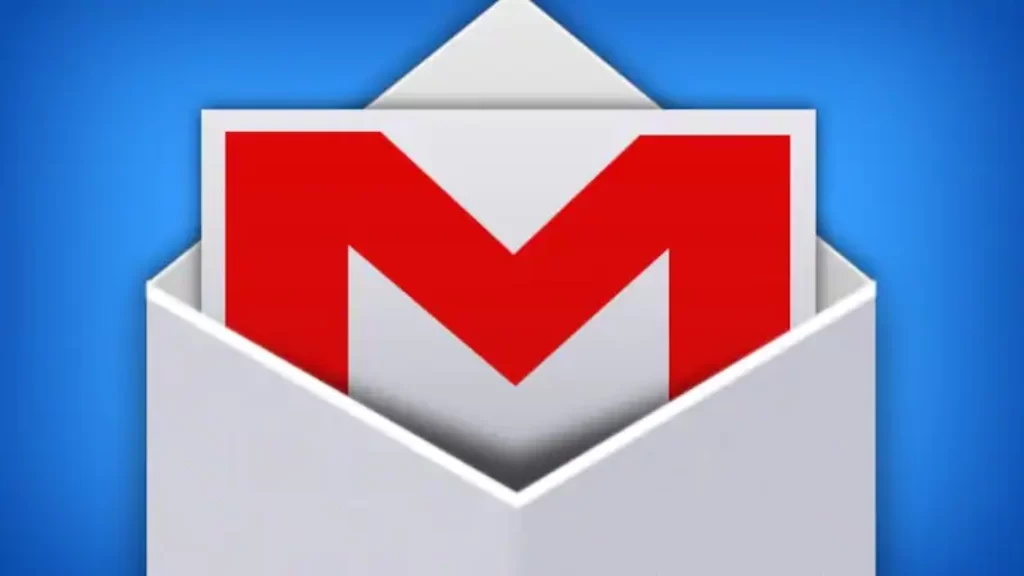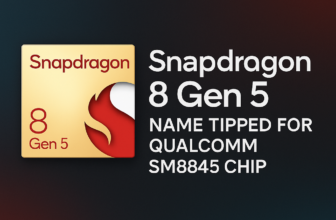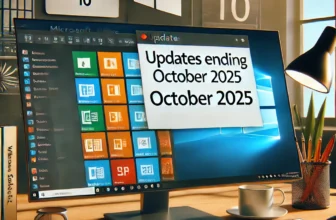Google’s Plan to Delete Inactive Gmail and Photos Accounts: What You Need to Know
Google’s Planned Cleanup
Starting December 1st, Google will initiate the deletion of inactive Gmail accounts and Photos as part of a planned move disclosed in May. Accounts dormant for two years will be subject to deletion, erasing all associated content, including Drive, Google Photos, and Docs files.

Security Measures Explained
In a blog post on The Keyword, Ruth Kricheli, Google’s VP of product management, explained the necessity of this action as a security measure. Inactive accounts are more prone to compromise due to the use of old or recycled passwords, the lack of two-factor authentication, and fewer security checks.
Vulnerability of Abandoned Accounts
Internal analysis reveals that abandoned accounts are at least 10 times less likely than active accounts to have 2-step verification, making them vulnerable. Once compromised, these accounts can be exploited for activities ranging from identity theft to spreading unwanted or malicious content like spam.
Gmail’s Popularity and Security Concerns
As of 2019, Gmail stands as one of the most popular email services with 1.5 billion global active users. Given its widespread use and easy account setup, scammers frequently target Gmail users. Closing dormant accounts aligns with Google’s goal to free up names and storage space. While Google hasn’t disclosed figures on inactive accounts, the substantial user base suggests a considerable amount of storage is allocated for inactive accounts.
Exemptions and User Safeguards
To mitigate the impact, certain users and scenarios are exempt from deletion. Accounts associated with Google product or subscription purchases and those tied to organizations will be spared. It’s important to note that this policy exclusively applies to personal Google accounts.
Phased Deletion Process
The phased deletion begins on December 1st, focusing initially on accounts created and left unused. Google plans to issue warnings to the account’s email and recovery addresses in advance. To prevent inclusion in the deletion, users can sign in to their Google dashboard, Gmail account, or engage in activities such as signing into YouTube, Drive, or downloading an app from the Play Store, all of which count as account activity.
How to keep your account
In the upcoming cleanup, Google plans to delete inactive accounts. However, certain users and situations won’t be affected. If your account has been actively used to purchase a Google product or subscription, such as extra storage space, or if it’s associated with an organization, it won’t face deletion.
Importantly, this new policy specifically pertains to personal Google accounts. Taking these measures ensures the protection of your account in light of the upcoming changes.




